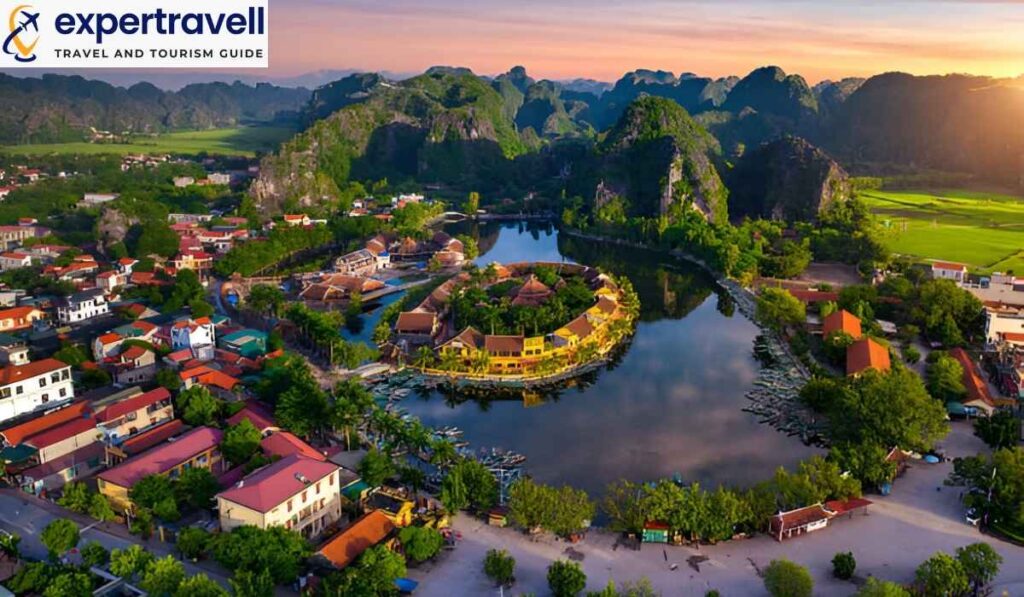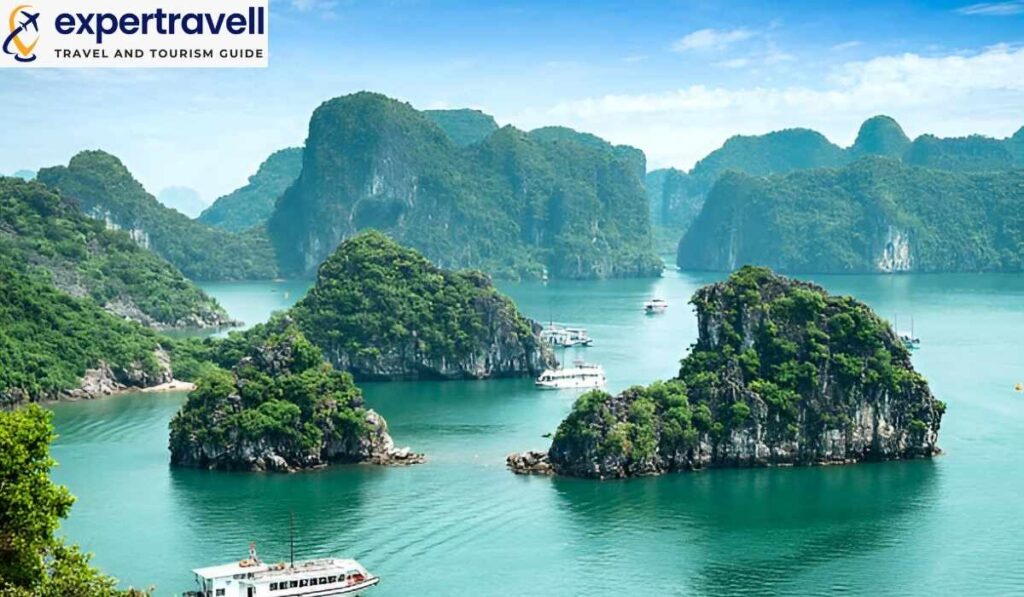Vietnam, a Southeast Asian country, is well-known for its vibrant cities and fascinating natural landscapes. Having a map of Vietnam cities is a fundamental tool for anyone planning to explore the country. Ho Chi Minh City (formerly Saigon), Hanoi, Da Nang, Hoi An, and Hue are among the most popular and largest cities in Vietnam, each boasting unique attractions and cultural experiences.
When exploring Vietnam, a tourist map of Vietnam with cities reveals the intricate details of the country’s geographical layout, showing how these cities are distributed along Vietnam’s elongated coastline. From the urban atmosphere of Ho Chi Minh City to the ancient charm of Hoi An, understanding the layout of these cities helps travelers craft the perfect itinerary. By using a Vietnam map of provinces, visitors can visualize the distances between cities, plan their modes of transportation, and prepare for the incredible adventure that awaits them.
Vietnam Travel Map
Vietnam is a country that surprises visitors with its geography, which includes sprawling cities, mountain ranges, lush forests, and idyllic beaches. The country’s topography and climate vary greatly depending on the region, making it a diverse and exciting place to explore.
Unique Topography and Climate
Vietnam’s distinct S-shaped landmass stretches over 1,650 kilometers from north to south. This unique shape results in a variety of landscapes and climates. There are rugged mountains in the north, while the southern regions feature fertile lowlands and deltas. This diversity in topography creates distinct climatic zones, with cooler weather in the north and warmer, more tropical conditions in the central and southern parts of the country.
Northern Vietnam experiences four seasons, with cold winters and hot summers. In contrast, Central Vietnam faces heavy monsoon rains, while the south enjoys a warm climate all year round, punctuated by rainy and dry seasons. Monsoons heavily influence the climate across the entire country, creating high humidity levels that are a staple of the Southeast Asian climate.
Visitors can experience various Vietnam attractions thanks to its diverse landscape. From exploring highland villages to soaking in the sun at tropical beaches, Vietnam offers something for everyone. A map of Vietnam highlights these climatic regions, ensuring that travelers are well-prepared for their varying conditions.
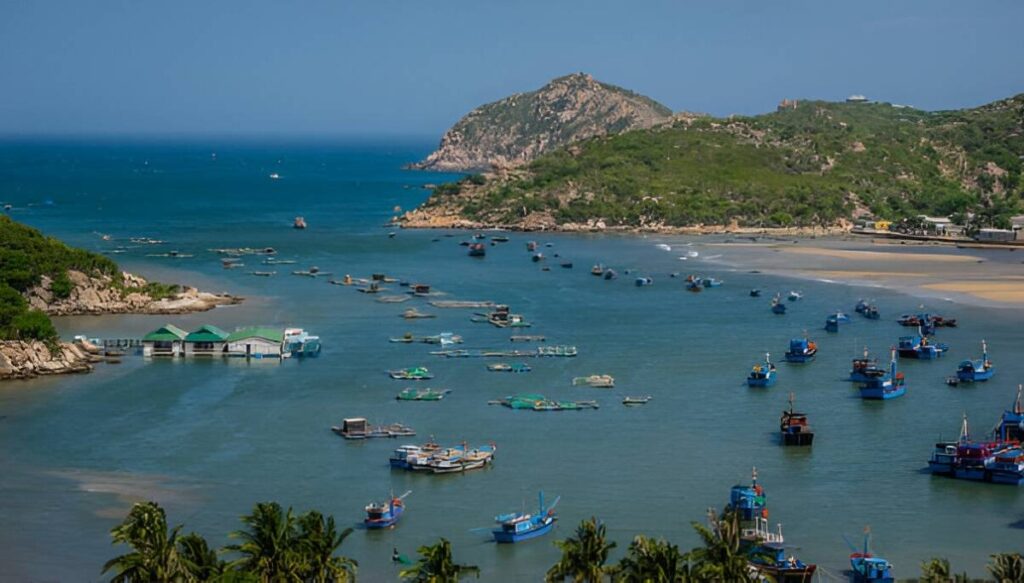
Vietnam’s Extensive Coastline
One of Vietnam’s most distinguishing features is its impressive coastline, which stretches over 3,260 kilometers along the Eastern Sea and the Gulf of Tonkin. Vietnam’s coastline is home to some of the most picturesque and natural heritage sites in Southeast Asia. From the limestone islands of Ha Long Bay in the north to the tropical shores of Nha Trang and Phu Quoc in the south, Vietnam’s coastal cities offer visitors a variety of scenic experiences.
The coastline not only presents opportunities for relaxation and water sports but also allows for the exploration of Vietnam’s rich history. For example, Hoi An, a historic port city in Central Vietnam, reflects the country’s cultural past with its well-preserved architecture and vibrant markets. Whether you’re in the north, central, or southern parts of the country, the coastline offers endless opportunities for exploration.
The coastal regions also share borders with China, Laos, and Cambodia, positioning Vietnam as a key destination on the Indochina Peninsula and an important stop for travelers exploring Southeast Asia.

Major Cities and Tourist Destinations Maps
Vietnam’s cities offer a compelling mix of modern urban life, rich cultural heritage, and breathtaking natural wonders. These major tourist destinations are located throughout the country and are easily accessible by road, rail, or air.
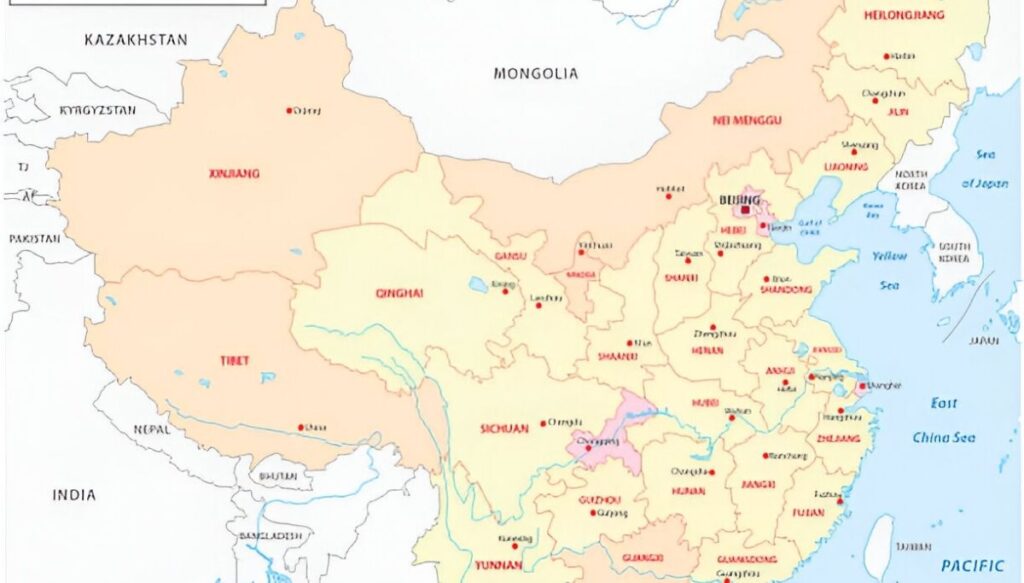
Northern Vietnam Travel Map
Northern Vietnam is a region rich in history and natural beauty. The capital city, Hanoi, presents a wonderful mix of old and new, with centuries-old architecture coexisting alongside modern developments. Visitors to Hanoi can explore the Old Quarter, visit the Ho Chi Minh Mausoleum, and sample delicious street food.
Halong Bay, a UNESCO World Heritage site, is perhaps Northern Vietnam’s most famous attraction. The bay is renowned for its stunning limestone islands, many of which are dotted with caves and hidden lagoons. Travelers can take overnight cruises to experience the serenity and beauty of the bay.
For those seeking outdoor adventure, Sapa offers opportunities to trek through terraced rice fields and visit ethnic minority villages. The town’s cool climate and mist-covered mountains make it a popular destination for travelers looking to escape the heat of the cities.
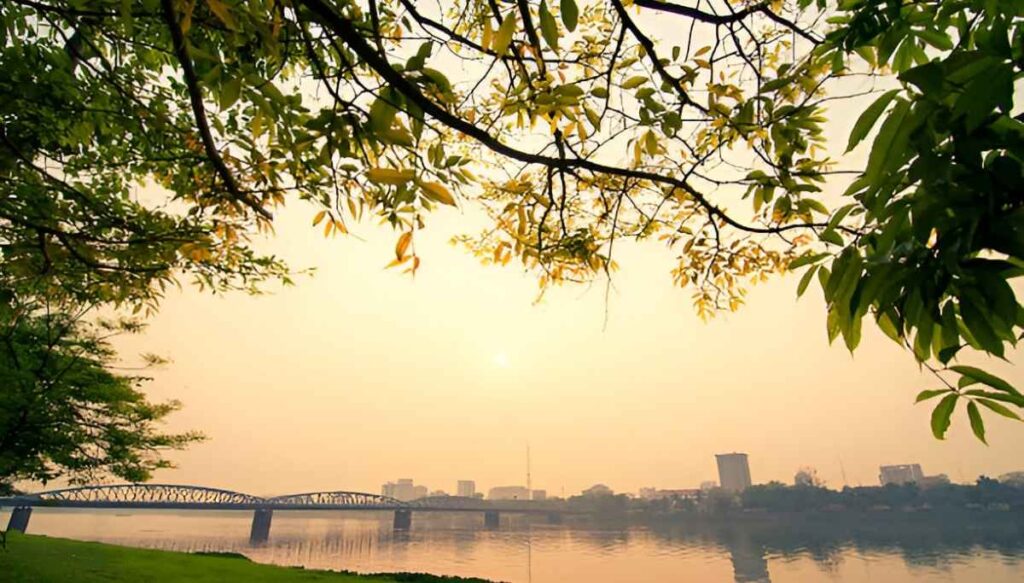
Central Wonders: Hue, Da Nang, and Hoi An
Central Vietnam is home to some of the country’s most culturally significant cities. The ancient city of Hue, once the imperial capital, is known for its Citadel and elaborate royal tombs. A Vietnam attractions map would be incomplete without mentioning Da Nang, which offers not only beautiful beaches like My Khe but also cultural landmarks such as the Golden Bridge at Ba Na Hills.
Hoi An is a beloved destination for its well-preserved old town, which is a UNESCO World Heritage site. The town’s lantern-lit streets, vibrant markets, and tailor shops attract visitors from around the world. At night, Hoi An takes on a magical atmosphere as the Thu Bon River is illuminated by thousands of colorful lanterns.

Central Highlands Travel Map
The Central Highlands of Vietnam are characterized by cooler temperatures and a more rugged landscape. The city of Da Lat, often called the “City of Eternal Spring,” is a popular destination known for its flower gardens and scenic landscapes. Visitors to the region can enjoy activities such as hiking, canyoning, and visiting strawberry farms.
The Central Highlands are also known for their coffee plantations. Vietnam is one of the largest coffee producers in the world, and visitors to the region can learn about the coffee-making process and sample some of the finest brews in the country.
Southern Vietnam Travel Map
Southern Vietnam is anchored by the bustling city of Ho Chi Minh City, which serves as the economic and cultural hub of the country. Formerly known as Saigon, this city is famous for its War Remnants Museum, Notre Dame Cathedral, and vibrant Ben Thanh Market. Visitors can enjoy modern amenities while also exploring the city’s colonial architecture and historical sites.
Further south, the Mekong Delta provides a fascinating look at rural life in Vietnam. Often referred to as the “rice bowl” of the country, the Mekong Delta is a maze of rivers, swamps, and islands. Travelers can explore floating markets, visit traditional villages, and sample tropical fruits.
For those seeking adventure, Mui Ne is a coastal town renowned for its dunes and strong winds, making it a popular destination for kitesurfing and windsurfing.

Hanoi City Travel Map
Hanoi, Vietnam’s capital, is known for its blend of traditional and modern influences. A Vietnam sightseeing map of the city highlights attractions such as Hoan Kiem Lake, the Temple of Literature, and the Vietnam Museum of Ethnology. The Old Quarter is divided into 36 streets, each of which was historically dedicated to a specific trade. This is a popular area for tourists to explore by foot or by cyclo (bicycle rickshaw), allowing them to fully immerse themselves in the city’s bustling atmosphere.

Ho Chi Minh City Travel Map
Ho Chi Minh City, the largest city in Vietnam, offers visitors a blend of old and new. The city’s tourist map showcases key attractions like the Reunification Palace, War Remnants Museum, and Saigon Opera House. The city is constantly evolving, with new skyscrapers and modern developments popping up alongside historic colonial architecture. Whether visitors are looking to explore Vietnam’s past or embrace its future, Ho Chi Minh City is a must-visit destination.
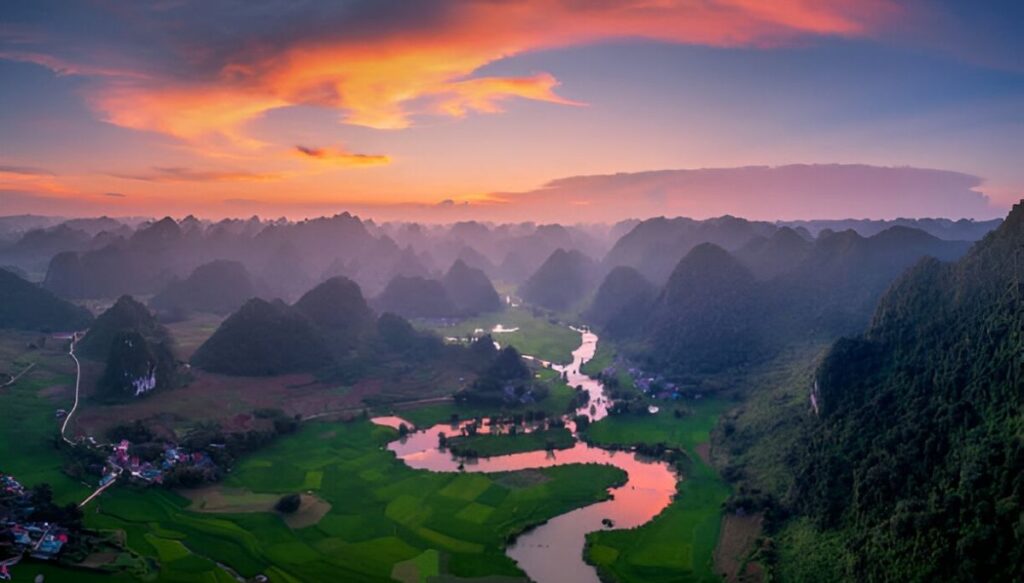
Cultural and Natural Attractions
Vietnam’s charm extends beyond its cities to its diverse cultural and natural attractions. The country’s traditions are visible in every city and rural village, offering visitors a rich tapestry of experiences.

Diversity of Vietnamese Traditions
Vietnam’s cultural heritage shines through its cities and rural villages. In Hanoi, the Old Quarter buzzes with activity, showcasing traditional crafts and street food. Hue, the former imperial capital, boasts grand palaces and tombs. Rural areas preserve age-old customs. Visitors can explore floating markets in the Mekong Delta or witness colorful hill tribe festivals in Sapa. Each region has its specialties:
- North: Water puppet shows
- Central: Lantern-making in Hoi An
- South: Cao Dai temples
Vietnamese cuisine varies greatly across the country. Pho in Hanoi differs from its Saigon counterpart. Local markets offer a glimpse into daily life and regional ingredients.

Pristine Natural Beauty and Conservation
Vietnam’s natural beauty is one of its greatest assets. From the towering limestone karsts of Ha Long Bay to the dense forests of Phong Nha-Ke Bang National Park, the country is home to a wide range of stunning landscapes. Conservation efforts in areas such as Cat Tien National Park and the Con Dao Islands are working to protect Vietnam’s unique biodiversity, ensuring that future generations can continue to experience its pristine wilderness.

Travel Tips and Practical Information
For travelers planning a trip to Vietnam, it’s important to keep a few tips in mind. The best time to visit varies depending on the region. In Northern Vietnam, the cooler months from October to April are ideal, while Southern Vietnam is best visited between December and April. Central Vietnam experiences heavy rain between September and January, so plan accordingly.
Vietnam offers a variety of transportation options, including buses, trains, and flights. For short trips, renting a motorbike is a popular option, though travelers should exercise caution and always wear a helmet.
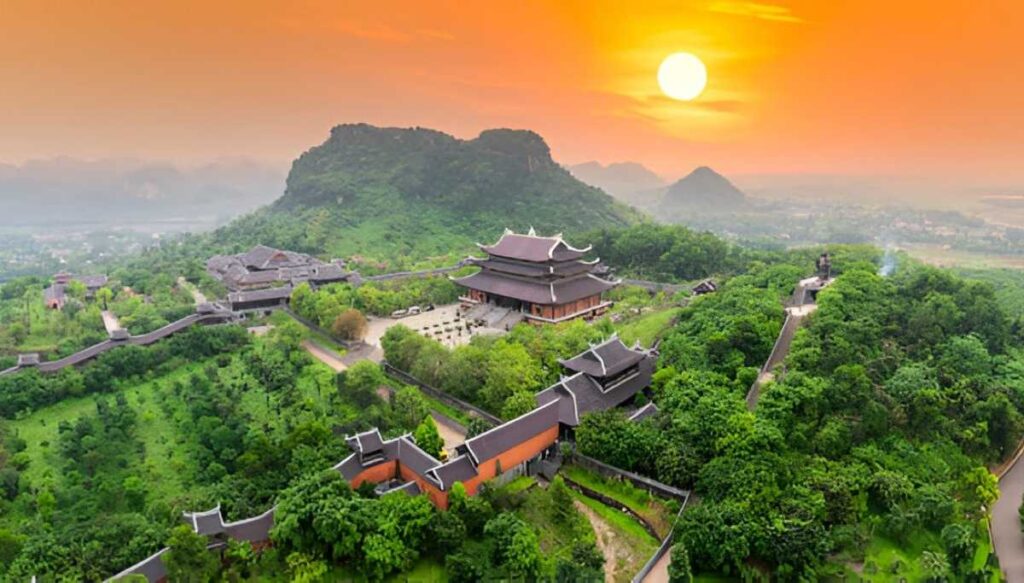
Best Times to Visit Vietnam
The ideal time to visit Vietnam varies by region. In North Vietnam, from October to April, the weather is cooler and more pleasant. For Central Vietnam, the best time is January to August, while South Vietnam enjoys warm weather all year round, with the dry season from December to April.
The country has different climates, so you’ll experience various conditions. Hanoi and the north can get quite chilly in the winter months. The central coast heats up during the summer, and the south remains warm and humid most of the year. Try to avoid traveling during Tet (Vietnamese New Year), which falls around late January or early February. During this period, many businesses shut down, and prices tend to increase.

Transportation Insights
Vietnam offers many ways to get around. Domestic flights are quick and convenient for traveling between major cities. If you prefer scenic views, the trains are a slower but more picturesque option. Buses are budget-friendly, though often crowded. For city travel, Grab (a ride-hailing app) is perfect for booking taxis or motorbike rides. For shorter trips, motorbike rentals are common, but always wear a helmet and drive safely. In busy cities, consider walking or cycling to take in the sights at a slower pace.

Safety and Health Advice
Vietnam is generally a safe country for tourists. Still, stay alert in crowded places and keep your valuables secure. Carry bug spray to protect yourself from mosquitoes, and always drink bottled water. Be mindful of hygiene when eating street food to avoid stomach issues.
It’s wise to have travel insurance that covers medical emergencies. While hospitals in large cities are well-equipped, facilities in rural areas can be limited. Traffic in Vietnam is chaotic, especially in cities. When crossing streets, move carefully and steadily drivers will usually maneuver around you.
Frequently Asked Questions
What cities should be highlighted on a tourist map of Vietnam?
A tourist map of Vietnam should highlight major cities like Hanoi, Ho Chi Minh City, and Da Nang. Other important destinations include Hue, Hoi An, Nha Trang, and Ha Long. These cities offer unique experiences and cultural attractions. Hanoi showcases Vietnam’s history, while Ho Chi Minh City represents its modern side.
How can I obtain a detailed map of Vietnam showcasing its cities and provinces?
Detailed maps of Vietnam are available from various sources. Online resources provide maps showing Vietnam’s 8 regions and 63 provinces and cities. Bookshops and tourist information centres in Vietnam often sell physical maps. Travel guidebooks frequently include detailed maps of the country and its major cities.
Where can I find a comprehensive tourist map of Vietnam in PDF format?
Many travel websites offer downloadable PDF maps of Vietnam. These maps often include major cities, attractions, and transportation routes. Government tourism websites sometimes provide official PDF maps. Travel forums and blogs may also share links to comprehensive tourist maps in PDF format.
Can you recommend the top cities to visit in Vietnam for first-time travellers?
First-time travellers should consider visiting Hanoi, Ho Chi Minh City, and Hoi An. Hanoi offers rich history and culture, while Ho Chi Minh City showcases urban energy. Hoi An charms visitors with its well-preserved ancient town. Da Nang, with its beautiful beaches, and Ha Long Bay, famous for its limestone islands, are also popular choices.
What are the key differences between visiting Northern and Southern Vietnam?
Northern Vietnam, including Hanoi, features cooler temperatures and more traditional culture. The region is known for its mountainous landscapes and ethnic minority villages. Southern Vietnam, centred around Ho Chi Minh City, has a warmer climate and a more modern atmosphere. The Mekong Delta in the south offers unique floating markets and lush scenery.
Which Vietnamese city is renowned for its exceptional beauty?
Hoi An is widely recognised for its exceptional beauty. The city’s well-preserved ancient town is a UNESCO World Heritage site. Hoi An’s charming architecture, colourful lanterns, and picturesque riverfront make it a favourite among tourists. The city’s blend of Chinese, Japanese, and Vietnamese influences creates a unique aesthetic.


